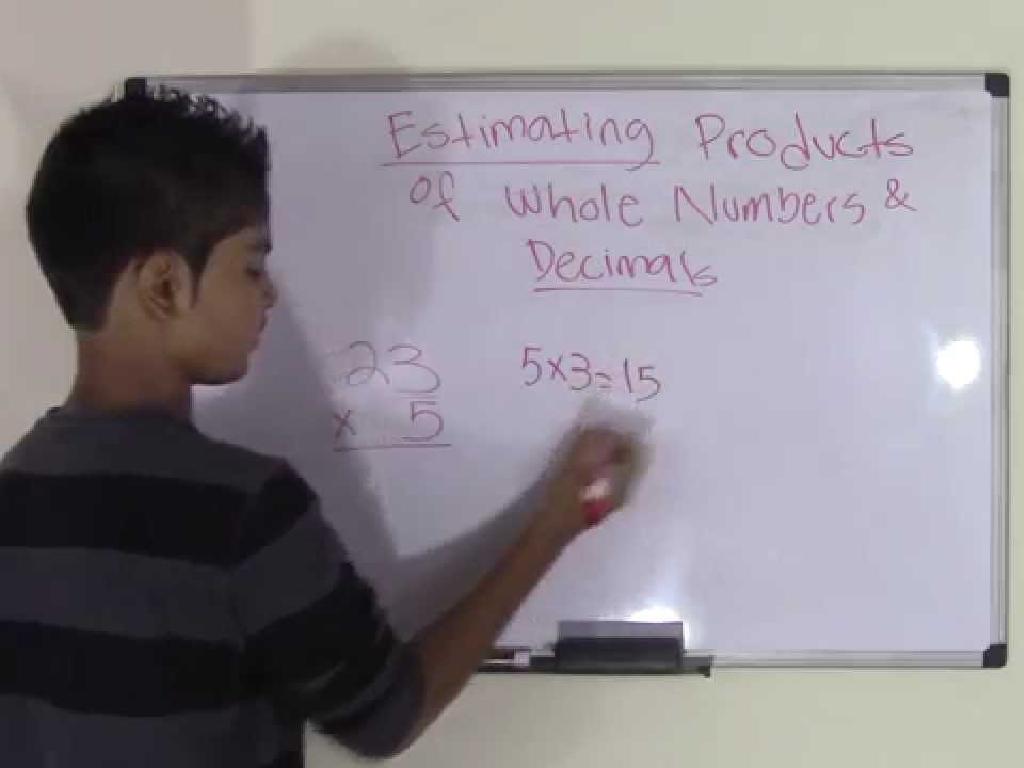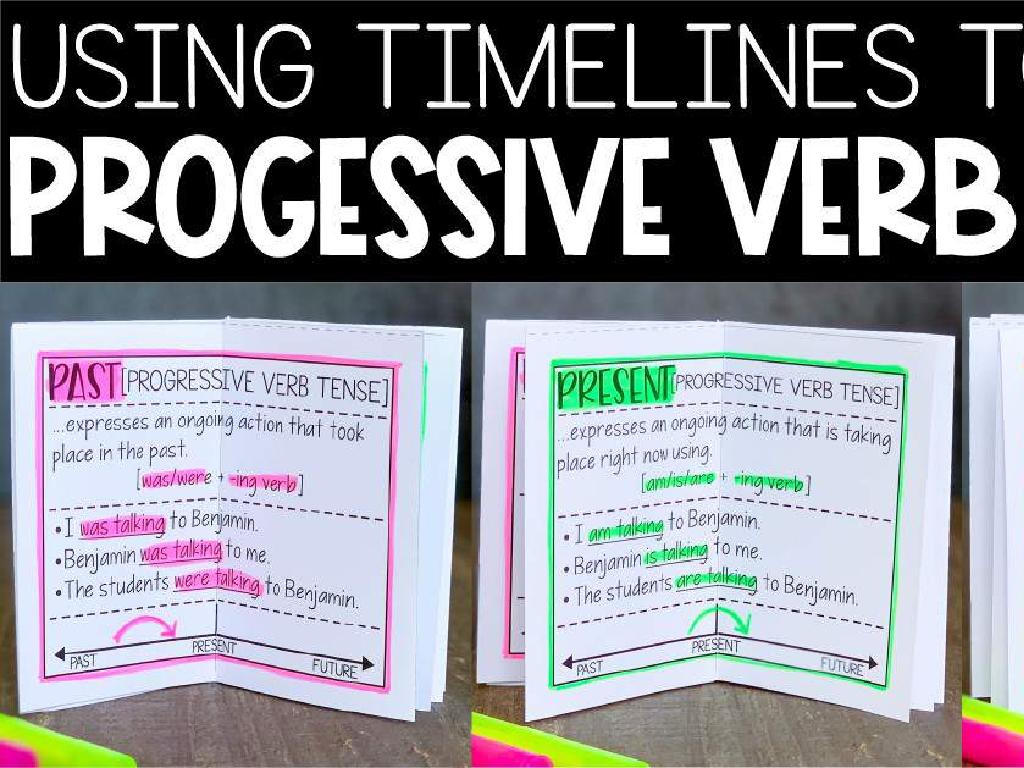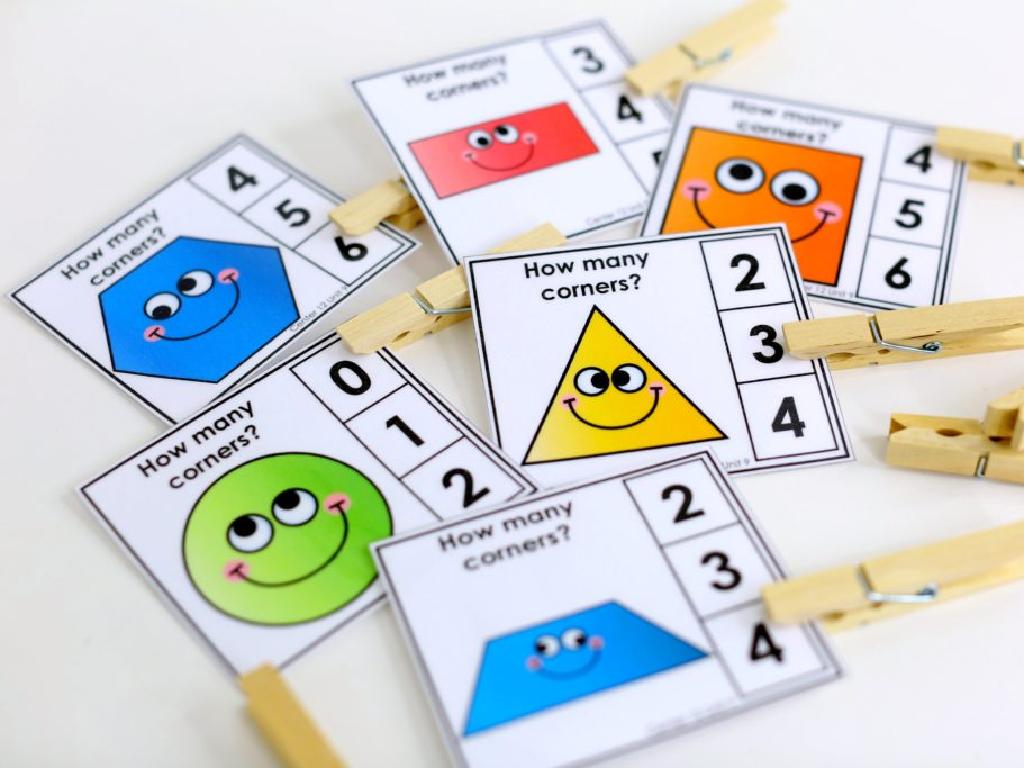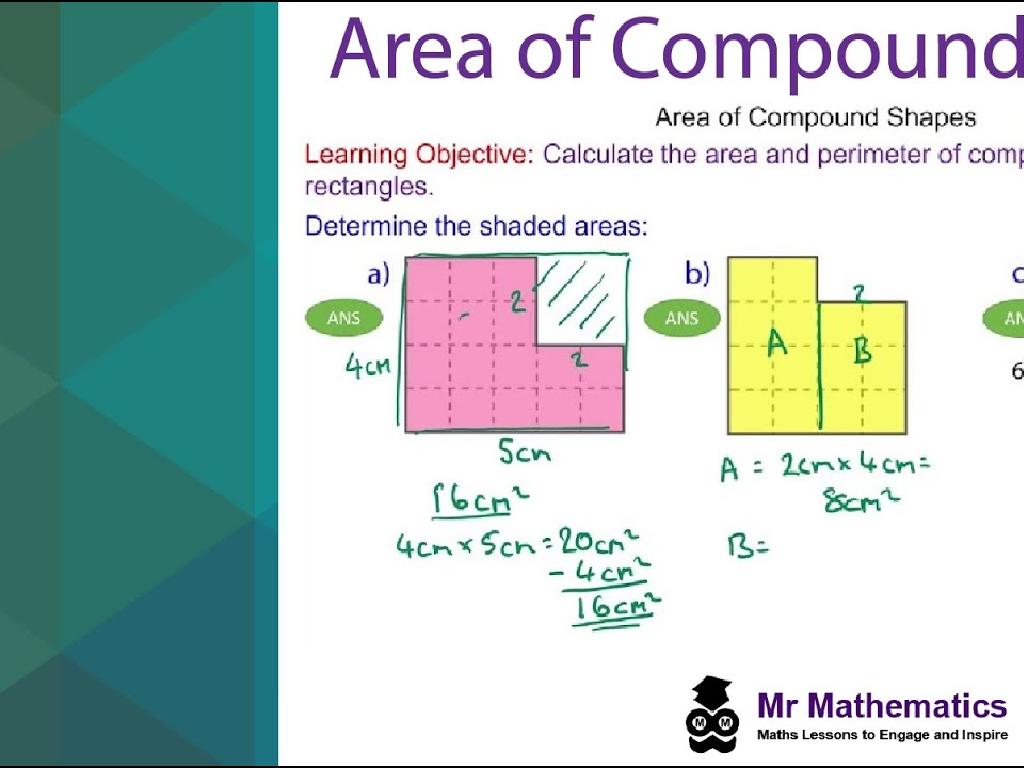Equivalent Amounts Of Money Up To $1
Subject: Math
Grade: Second grade
Topic: Money Up To $1
Please LOG IN to download the presentation. Access is available to registered users only.
View More Content
Understanding Money: Equivalent Values
– What does equivalent mean?
– Equivalent means equal in value or amount.
– Why learn about money?
– Knowing about money helps us buy things.
– Coins can make the same amount
– Different coins like dimes and nickels can add up to the same total like 10 pennies.
– Adding coins to $1
– Learn to combine coins to make a dollar.
|
This slide introduces the concept of equivalent values in money to second graders. Start by explaining what ‘equivalent’ means, using simple terms and examples. Emphasize the practical importance of understanding money for making purchases. Illustrate with examples how different combinations of coins can add up to the same amount, such as how 10 pennies are equivalent to 1 dime. Use real coins or visual aids to show how to make $1 using various coins. Encourage students to think of it as a puzzle where they find different ways to combine coins to reach the same total. This foundational understanding will help them with basic math skills and money management.
Understanding Money: Coins Up to $1
– Money is used to buy things
– Like toys, snacks, and books
– Coins are types of money
– Today, we’ll learn about coins only
– Coins have different values
– Pennies, nickels, dimes, and quarters
– Focusing on coins up to $1
|
This slide introduces the concept of money to second graders, focusing on coins which are easier for them to handle and recognize. Explain that money is what we exchange for goods and services, such as toys and snacks. Emphasize that there are different forms of money, but today’s lesson will concentrate on coins, which are small, round pieces of metal. Each coin has a different size and value, and it’s important for students to recognize and know the value of pennies, nickels, dimes, and quarters. The goal is for students to be able to identify and use coins up to the value of $1 by the end of the lesson. Engage the students by asking them to share what they would buy with $1 and introduce real or play coins for a hands-on experience.
Meet the Coins!
– Penny equals 1 cent
– Nickel equals 5 cents
– Dime equals 10 cents
– Quarter equals 25 cents
– 4 quarters make $1, 10 dimes make $1, 20 nickels make $1, 100 pennies make $1
|
This slide introduces the basic coins used in US currency to second graders. Each coin’s value is clearly stated to help students understand how many of each coin make up a dollar. Emphasize the size and color differences between the coins to help students identify them. Explain that these coins can be combined in different ways to create equivalent amounts of money up to $1. For example, 2 quarters have the same value as 5 dimes or 10 nickels or 50 pennies. Use real coins or manipulatives to demonstrate these equivalencies in class. Encourage students to practice making different amounts using the least number of coins to deepen their understanding.
Making Equivalent Amounts of Money
– Understanding ‘equivalent’
– Equivalent means ‘equal in value’.
– 5 nickels equal 1 quarter
– Both are worth 25 cents.
– Explore combinations for 25 cents
– Mix dimes, nickels, and pennies.
– Practice with different coins
– How many ways to make 25 cents?
|
This slide introduces the concept of equivalent values in the context of money, specifically coins up to $1. Start by explaining that ‘equivalent’ means things that have the same value. Use physical coins to show that 5 nickels are the same as 1 quarter, both equaling 25 cents. Encourage students to think of other combinations of coins that add up to 25 cents, such as 2 dimes and 5 pennies, or 25 pennies. Provide a variety of coins for students to use in hands-on activities, allowing them to explore and discover different combinations that equal the same amount. This will help them understand the concept of equivalency in a tangible way.
Counting to $1 with Coins
– 4 quarters equal $1
– 10 dimes make $1
– Mix of nickels and pennies for $1
– How many nickels or pennies equal $1?
– Practice counting coins together
– We’ll count different coins as a class activity
|
This slide is aimed at helping second-grade students understand the concept of equivalent amounts of money using coins. Start by explaining that there are different ways to make $1 using coins. Show them that 4 quarters make $1, and similarly, 10 dimes also make $1. Then, ask the students how many nickels would make $1 (20 nickels) and how many pennies would make $1 (100 pennies). Engage the class in a hands-on activity where they practice counting different combinations of coins to reach $1. This could involve real or play coins, and students can work individually or in small groups. The goal is to reinforce their understanding of coin values and equivalence to $1. Encourage students to think creatively about other combinations of coins that can add up to $1.
Let’s Practice Counting Coins!
– I’ll show coins, you find the total value
– Count by coin value, not quantity
– For example, 5 dimes are counted as 50 cents, not just ‘5’
– We’ll solve the first one together
– I’ll guide you through the first example step by step
– Practice makes perfect with coin counting
|
This slide is designed to engage students in a practical exercise to help them understand the concept of counting coins and determining their total value. Start by showing a group of coins on the board or via a projector. Encourage the students to count the total value by adding up the value of each coin, rather than just counting the number of coins. For instance, if there are 3 quarters, they should count 25 cents, 50 cents, 75 cents, not just ‘3’. Walk through the first example with the class, demonstrating how to count the coins correctly. Then, let the students try the next examples on their own or in small groups. This activity will help reinforce their understanding of coin values and how to calculate the total amount. Provide a variety of coin combinations for the students to practice with, ensuring they get comfortable with different scenarios.
Class Activity: Coin Creations
– Make $1 using different coins
– Use pennies, nickels, dimes, and quarters
– Fill in your coins worksheet
– Match coin images to their values on the worksheet
– Share and explain your combinations
– Tell us why you chose those coins
|
This activity is designed to help students understand the concept of equivalent values using different combinations of coins. Provide each student with a worksheet that has images of pennies, nickels, dimes, and quarters. They should use this worksheet to explore various combinations of coins that add up to $1.00. For example, they could use 10 dimes, 4 quarters, 20 nickels, or other combinations. Once they have completed the activity, ask them to present their findings to the class, explaining the reasoning behind their choices. This will reinforce their understanding of coin values and encourage them to think critically about equivalency. Possible variations for different students could include using the least number of coins, using only two types of coins, or finding all possible combinations.
Money Mastery: Making 50 Cents
– Congratulations on learning about money!
– Different coins can make the same amount
– Like puzzles, coins can fit together in many ways to make 50 cents
– Homework: Find 3 ways to make 50 cents
– Use pennies, nickels, dimes, and quarters to find combinations
– Share your findings in our next class!
|
Great work today, students! Understanding that different combinations of coins can add up to the same amount is a valuable skill. For homework, encourage students to engage with their families to find three different ways to make 50 cents. This can be a fun activity, like a treasure hunt, where they can use real coins or draw them on paper. Remind them to try different combinations using pennies (1 cent), nickels (5 cents), dimes (10 cents), and quarters (25 cents). In the next class, we’ll discuss their findings, which will reinforce their understanding and allow them to practice their counting and addition skills. This hands-on activity will help solidify the concept of equivalent values in a practical and enjoyable way.






